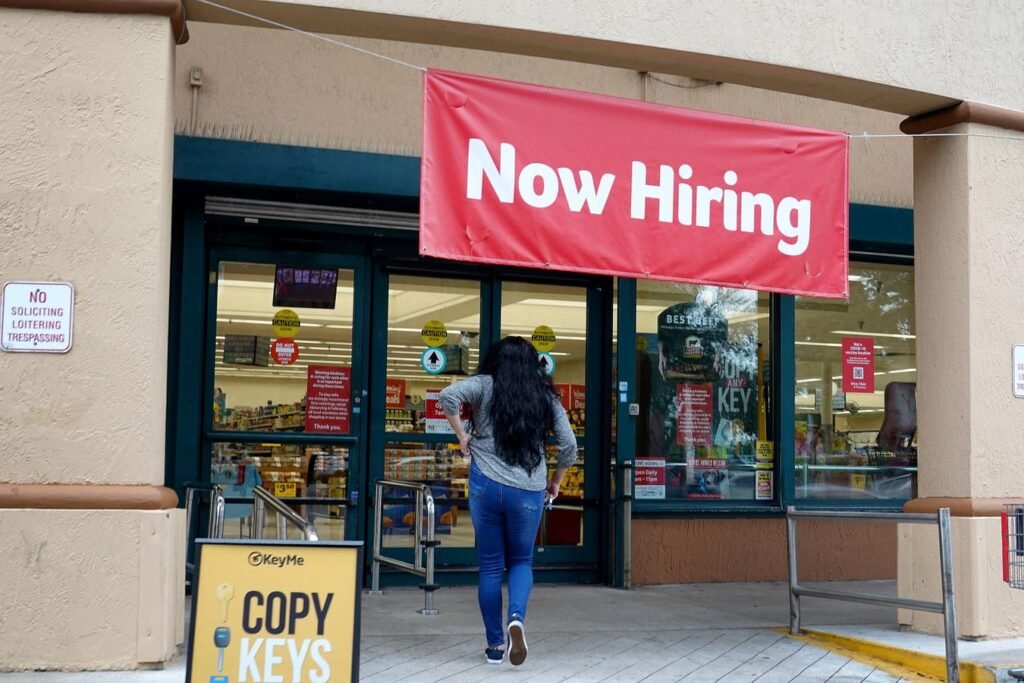The latest jobs report from the Department of Labor for July has raised concerns about the state of the labor market in the United States. The household side of the report showed that the unemployment rate rose to 4.3% and the employment rate of the population declined slightly to 60%. Additionally, the numbers of job losers and those working part-time involuntarily both increased by over 300,000.
The payroll data in the report were also concerning, with payrolls rising by only 114,000 in July. This number is down from the 200,000 or so job gains that have been seen in most months in 2024. In June, the payroll numbers were revised downward from 216,000 to 179,000. Few industries saw job gains and those that did were mostly small, with the information sector losing 20,000 jobs.
Despite the modest rise in average hourly earnings of around 3%, recent productivity growth data suggest that these wage increases are not likely to have an inflationary impact. Other signs of a slowdown in the labor market, such as rising claims for Unemployment Insurance and job vacancies that have remained below 5% for three consecutive months, further highlight the need for action.
The Federal Reserve has been weighing the risks of inflation versus rising unemployment in the US economy. With recent news on inflation being promising and the job market showing signs of softening, there is increasing consensus that the Fed should prioritize addressing the unemployment concerns. The calls for a cut in interest rates to stimulate the economy are growing stronger as the data continues to suggest a downturn.
Overall, the latest jobs report for July has painted a bleak picture of the labor market in the US. With indicators pointing towards a cooling economy and a potential downturn on the horizon, the pressure on the Federal Reserve to take action to cut interest rates is mounting. The need to address the rising unemployment rate and the lackluster job growth numbers is becoming increasingly urgent as other signs of economic slowdown continue to emerge. In September, it appears inevitable that the Fed will need to make a move to help stimulate the economy and prevent further deterioration in the labor market.












